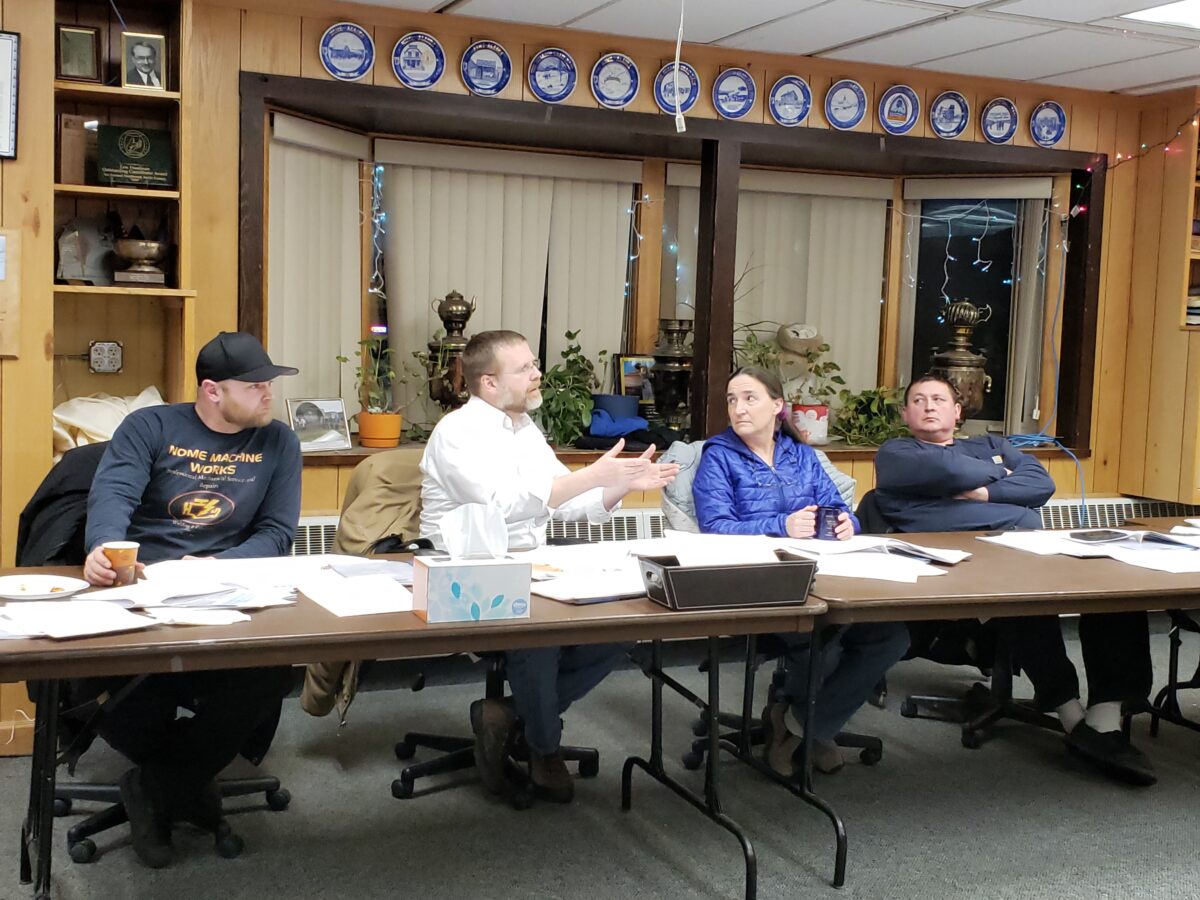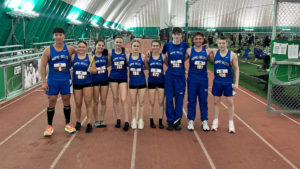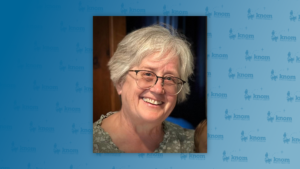All rates under the Port of Nome tariff need to go up. That was the decision of the Port Commission following more than three contentious hours of discussion during their regular meeting last week.
Ultimately the commission agreed to raise rates for all operations at the Port by 10%, setting aside $150,000 of that revenue for capital improvements and maintenance projects. They also recommended a yearly increase based on the Anchorage 5- year average Consumer Price Index. Despite much debate, the decision passed unanimously.
In their effort not to pass on the majority of the financial burden to Nome homeported users, the Port commission decided to re-structure how they do permits. Right now, vessels have the option of buying daily, weekly, monthly, or seasonal permits; but Commissioner Derek McClarty proposed offering only daily or seasonal permits.
With his calculations, he claims that a user would “break even” on a seasonal permit after using the port for 22 days.
“If you stay 30 days, you’re better off to buy a seasonal permit and we get the whole seasonal bang. Or, if you only stay 18 days you’ll still save money buying only a daily permit.”
Federal shipping regulations don’t allow ports to discriminate pricing for different users. But the commission reasoned, any long-term or homeported user in Nome wouldn’t be staying less than 22 days.
The Port Commission decided that vessels docking at the Nome causeway will not be eligible for seasonal rates, as only larger ships like cruise ships and research vessels typically use that part of the facility.

Although the final vote to raise rates within the tariff was unanimous, the commission discussed whether an increase is necessary at all. City Manager Glenn Steckman reminded them that the Port owes the City money for repairs made over the summer and they have upcoming projects planned along with maintenance that needs to be paid.
Public attendance was slim, with only City Councilmember Mark Johnson and resident Ken Hughes present. Hughes spoke up in support of the commission’s plan.
“I would rather see you raise the rate to the point where you could take care of the place and have a good place to dock. If other users are in such a pinch that they can’t come up with a docking fee for a seasonal basis and they’re going to be here for a season, then what are they doing here in the first place?”
– Ken Hughes
In other business, sediment and sand build-up is an issue under the West Causeway bridge. Commissioner Jim West, Jr. shared that the Army Corps of Engineers is looking for solutions on how to remove the sand, before any potential port expansion.
“They’re working on issues of quantity: whether to do it in wintertime or fall or how far back we need to go. We reminded the lady that they set a crane out there and were trying to dig a sump on the West side and then the next day the sump would be full.”
The Port Commission says that’s a challenge they’ve been concerned about for a while; the Corps will need to find a solution that doesn’t cause sediment to travel and block other access at the port.
The recommended tariff changes now move to the City Council for final approval. They must read and discuss it at two meetings before passing it into ordinance. The next City Council meeting is scheduled for January 27th.
Image at top: The Port Commission debating changes to the Port of Nome Tariff during its January meeting. From left to right – Derek McClarty, Scot Henderson, Gay Sheffield, Shane Smithhisler. Photo from Emily Hofstaedter, KNOM (2020).





